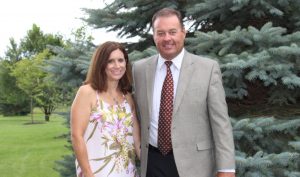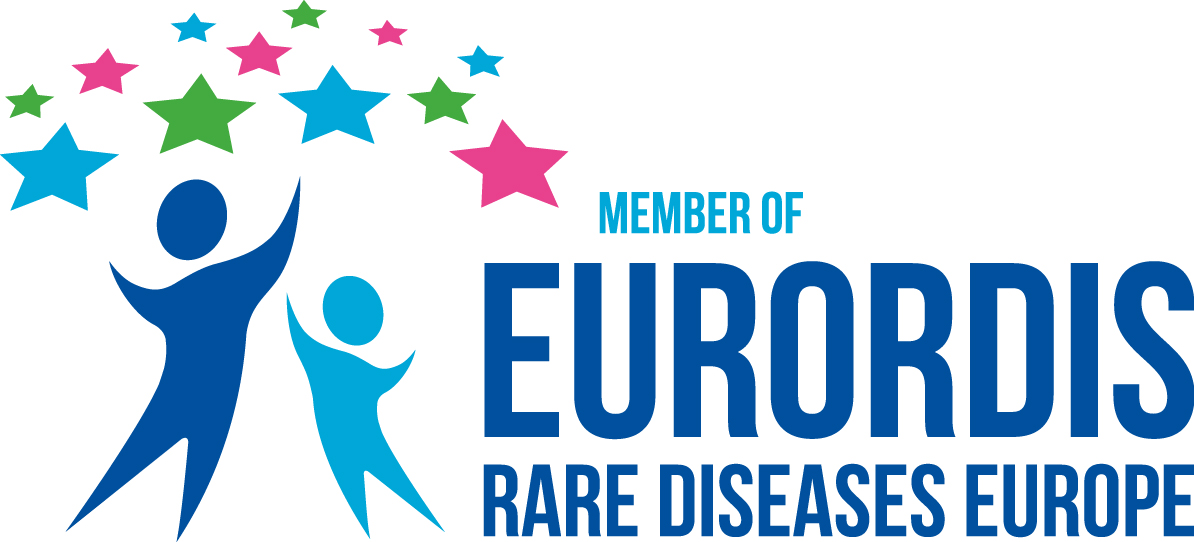
About The SSRA: The Superficial Siderosis Research Alliance Founders
When a loved one is diagnosed with superficial siderosis, an ultra-rare neurodegenerative disorder affecting less than one in one million worldwide, it ignites a powerful drive to act. This is the story of the SSRA founders, Kyle, Sue Dempsey, Gary, and Rori Daniel.
The Dempseys: A Personal Journey

Superficial siderosis entered our lives following our daughter’s head trauma from a car accident. She was fortunate to receive an early diagnosis, which led us to seek treatment options, including surgery to halt hemosiderin buildup and chelation to remove existing neurodegenerative iron.
We understand the critical role of research in improving the lives of those with this disease, having witnessed its rarity and the challenge of finding informed medical professionals.
A Collaborative Effort
Sue and Kyle are thrilled to join forces with Livingwithss.com founders Gary and Rori Daniel. Our collective goal is to unite the superficial siderosis information website, the patient registry, and our SS community to aid medical research for those battling this disease.
Our ongoing collaboration with SSRA medical advisor Dr. Micheal Levy, who has already achieved significant progress on a limited budget, promises to yield exciting breakthroughs in superficial siderosis research. We aim to build a robust alliance by recruiting regional leaders to coordinate fundraising efforts and identify potential business sponsors.
Becoming an Advocate
Having participated in two rare disease conferences in Washington D.C., we actively fund and spread awareness about superficial siderosis. While they live in Wisconsin, Sue and Kyle look forward to meeting as many people as possible to further the mission. Our diverse and experienced Board of Directors is ready to make a significant impact.
The Daniels: Turning Personal Experience into a Resource

The Living With Superficial Siderosis website was born out of a need to keep family and friends updated after Gary’s diagnosis in 2014. Rori soon realized the potential to share superficial siderosis related data, information, and news to educate others in the SS community.
Their journey with the SSRA alliance began with a simple yet impactful email from Kyle Dempsey. “Hi, my name is Kyle Dempsey. I was reading through your website about superficial siderosis. Who are you?” This prompted us to step out from behind the veil of anonymity to share our personal experiences and insights, despite the discomfort of exposing our lives to the world. We realized that while information is valuable, people crave a connection with someone who understands the daunting journey of living with superficial siderosis.

The Dempseys and Daniels recognized the pressing need for more research and funding as our dialogue evolved. Kyle asked, “Does the superficial siderosis community have a nonprofit organization in the U.S.?” At the time, only a single dedicated charity based in the U.K. existed. We deliberated on the challenges and missed opportunities this posed, especially since most rare disease support resources require a registered 501(c)(3) status.
The Daniels met Kyle at a 2019 rare disease conference in Washington, DC. The conversation continued, and with the support of doctors, business owners, and fellow fundraisers, Kyle and Sue took the first step in establishing the Superficial Siderosis Research Alliance.
Introducing Michael Levy, MD, PhD

Dr. Levy is a distinguished neurologist with a decade of experience in the clinical and research fields of rare neuroimmunological disorders. A native of Houston, Texas, he earned his medical degree from Baylor College of Medicine, followed by a residency at Johns Hopkins neurology program and a fellowship in neuroimmunology. Since 2009, he has been a valued faculty member at Johns Hopkins University and served as the Director of the Johns Hopkins Neuromyelitis Optica Clinic.
Dr. Levy’s journey with superficial siderosis began during his residency at Johns Hopkins Hospital. A 48-year-old patient presented with unexplained symptoms and a history of deteriorating gait, clumsiness, leg cramping, memory impairment, and dysarthria. The patient’s medical record revealed a traumatic auto accident at the age of three, leading to a coma and a two-week hospital stay.
In a case study published in the American Journal of Neuroradiology, Dr. Levy and Dr. Llinas showcased the effectiveness of deferiprone, a lipid-soluble iron chelator, in reducing hemosiderin deposition. This study was based on MR imaging of a patient treated with deferiprone for 18 months. Building on this case report, Dr. Levy and Dr. Llinas conducted a pilot trial using deferiprone on ten patients with superficial siderosis. Remarkably, four patients showed changes in MR imaging in just three months. This trial established deferiprone as the only chelation treatment with proven efficacy.
2019 Dr. Levy joined Massachusetts General Hospital and Harvard Medical School to further his research. His current projects aim to speed up the iron chelation process, enhance MRI outcome measures, and characterize the pathological changes in brain areas exposed to hemosiderin. Dr. Levy is a leading figure in his field, with over 95 peer-reviewed research articles, reviews, editorials, and three patents. He currently serves as the chief editor at Multiple Sclerosis and Related Disorders. He holds positions on the Journal of Neurological Diseases editorial board and scientific advisory boards for Alexion, MedImmune, Chugai, Shire, and Quest Diagnostics.
Together, we can make a difference in the lives of those diagnosed with superficial siderosis. This is why the Superficial Siderosis Research Alliance, a 501(3)(c) nonprofit, was created.


